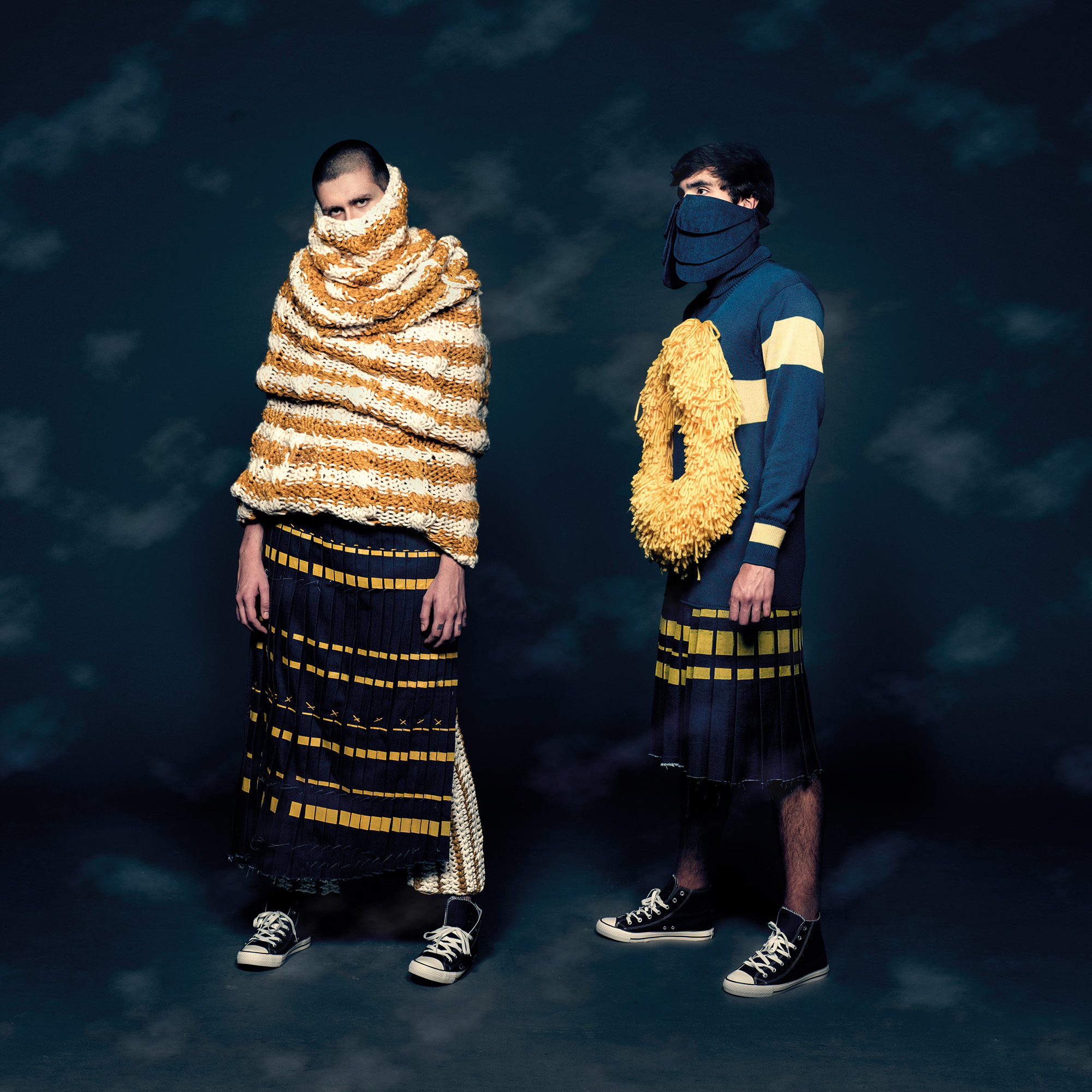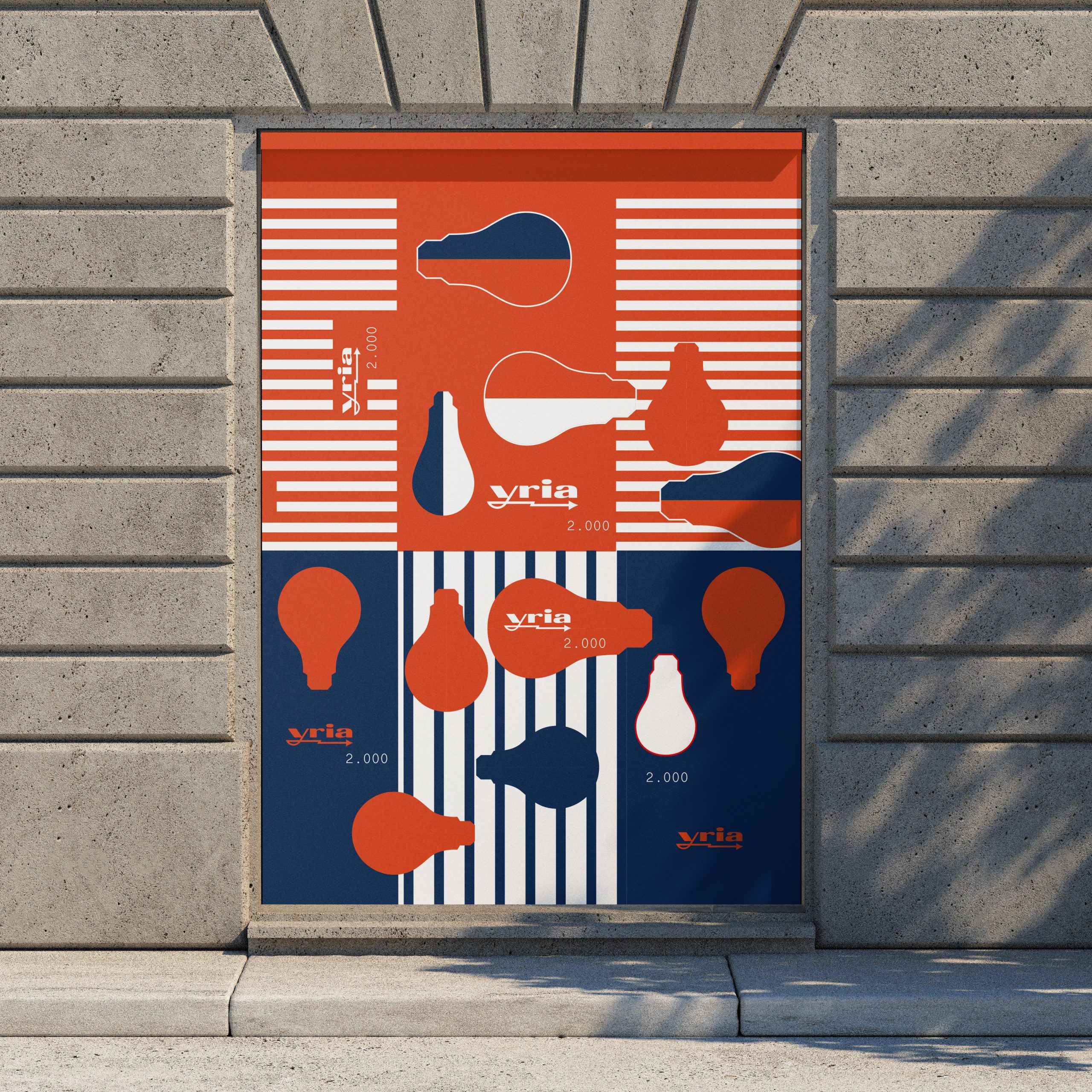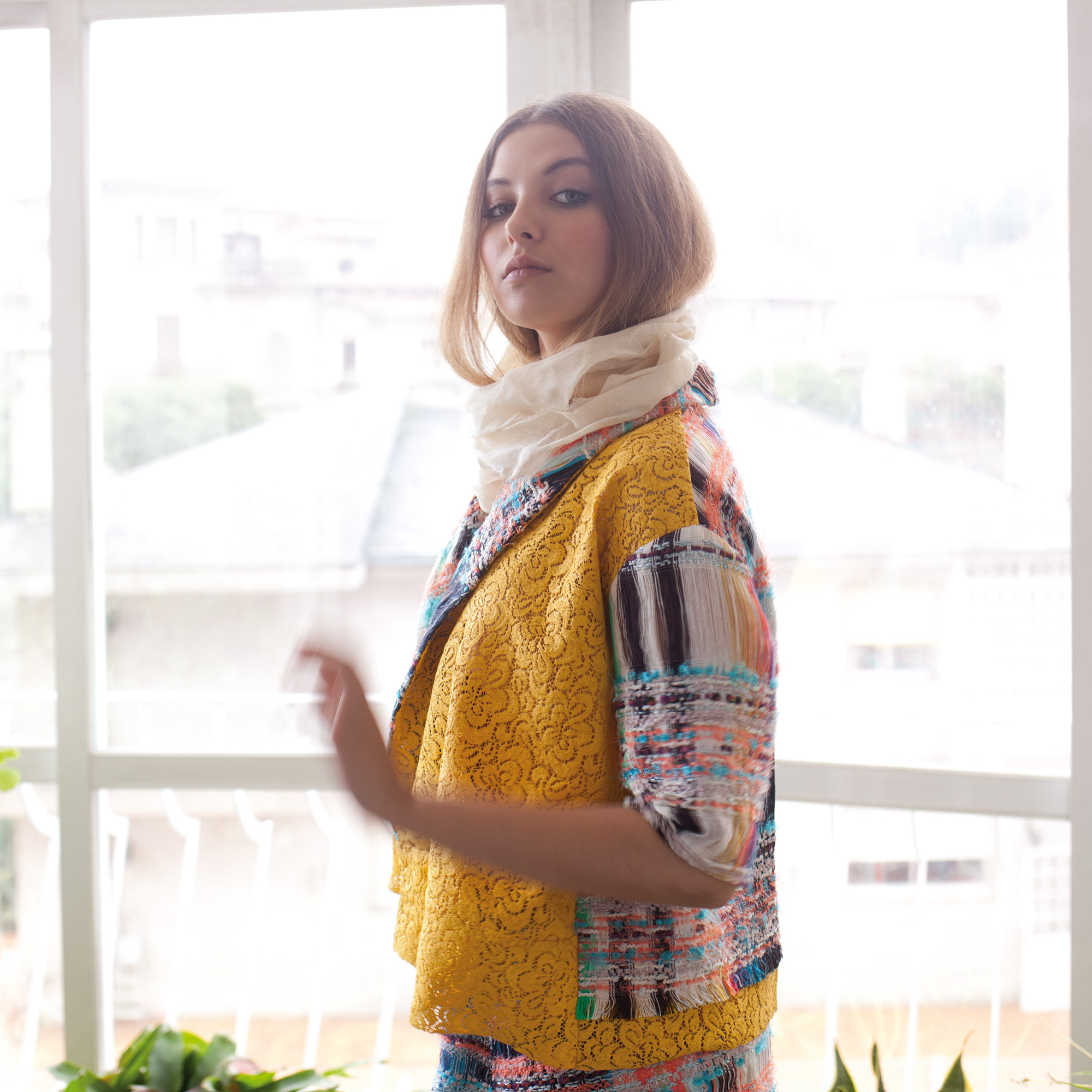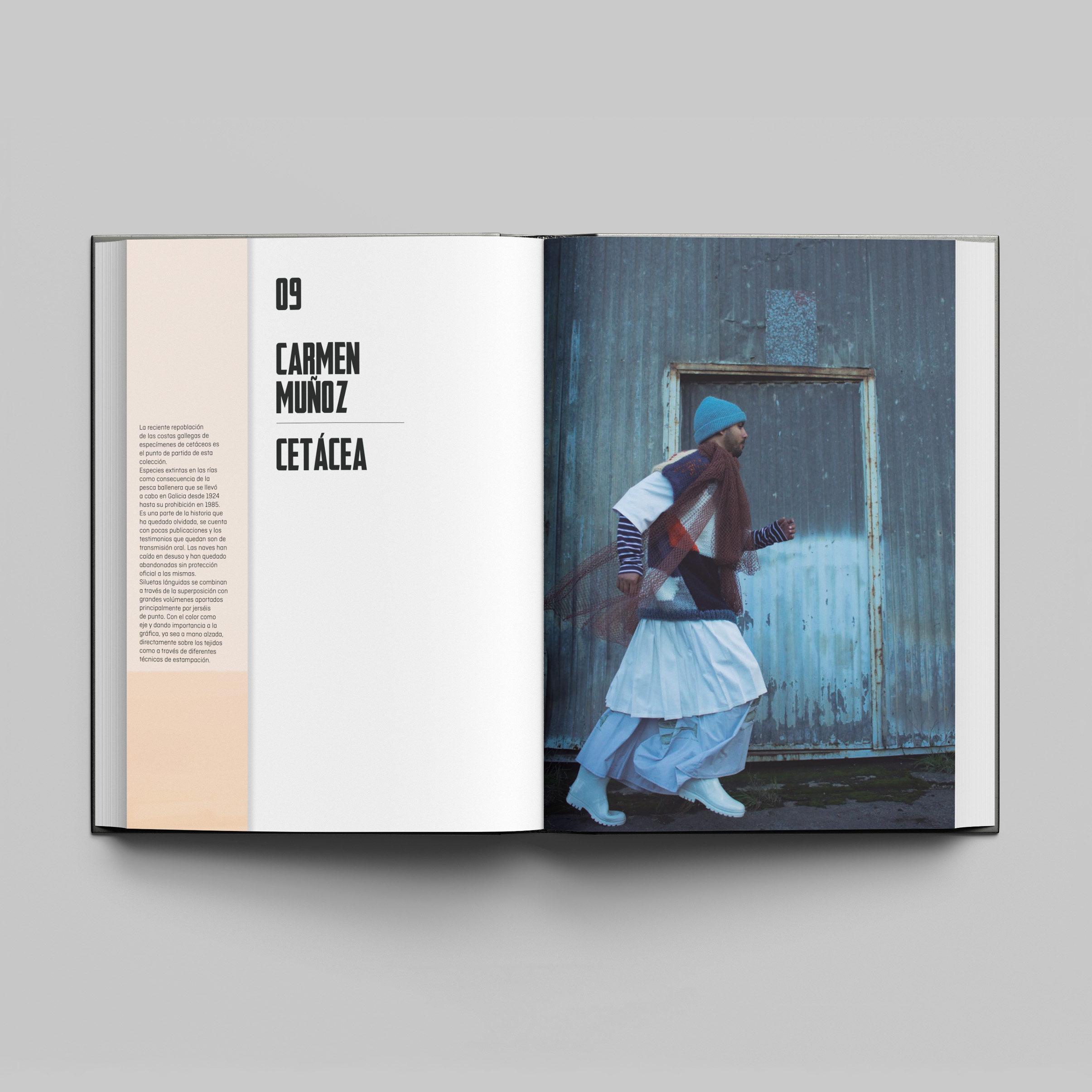

The University of Vigo Bachelor’s Degree in Design aims to train future professionals interested in graphic/digital design and fashion design, key sectors in economic and cultural development.
Basic information
Studies
Bachelor Degree in Design by the University of Vigo
Mentions
→ Mention in Graphic/Digital Design
→ Mention in Fashion Design
Duration
4 academic years
Credits
240 ECTS
Places of new access
45
Location
Pontevedra Campus (Galicia). Campus CREA Pontevedra
Introduction
The design production sector has grown exponentially in recent decades, becoming a stable field that enhances competitiveness and increases the value of the productive areas it encompasses. It creates hybrid and transversal fields, increasing the need for skills among design professionals in an increasingly demanding and complex technological and creative world. This world is more versatile in economic, inclusive, ecological, and social areas.
Currently, in the more established design fields, work is becoming increasingly technical and globally connected with different labor markets, which require various skills to fully develop the potential of design professionals. These skills range from communication to technological and cultural aspects, which is why we advocate for a degree program that trains well-rounded designers capable of generating projects that incorporate the latest communication processes and media: graphic, fashion, audiovisual, and interactive digital. These professionals will be able to tackle challenges that emphasize innovative and current methodologies, technologies, and work environments, while experimenting and connecting cutting-edge knowledge with the professional reality they will enter.

Teaching and mentions
The contents of the degree are structured into two common first years, during which students will receive training in the fundamentals of design, artistic expression, drawing, color, illustration, design history, procedures, and materials. This will help guide their preferences toward the final two years, where they will need to choose a series of electives for specialization in Graphic/Digital Design or Fashion Design.
→ Download Organization of Subjects and mentions
Programme of studies
First year
FIRST SEMESTER
Theory, Criticism, and History of Design I
Artistic Expression: Fundamentals of Drawing
Materials Laboratory
Computer Techniques I: Digital Image
Fundamentals of Design I
SECOND SEMESTER
Representation Systems
Artistic Expression: Fundamentals of Color
Integrated Laboratory: Procedures I
Computer Techniques II: Digital Editing
Fundamentals of Design II
Second year
FIRST SEMESTER
Design and cultural studies
Theory, Criticism, and History of Design II
Integrated Laboratory: Procedures II
Artistic Expression: Illustration
Fundamentals of Typography
SECOND SEMESTER
Design and Society
3D Modeling
Introduction to Digital Product Photography
Integrated Laboratory: Production Processes
Corporate identities
Fundamentals of Fashion Design (Common Elective)
Third Year
FIRST SEMESTER
Trend Analysis
Publication Design
Graphic Techniques Applied to Design
Audio-visual Design: Motion Graphics (Graphic/Digital Design Elective)
Fashion Projects I (Fashion Design Elective)
Fundamentals of Fashion Prototyping (Fashion Design Elective)
Web design
SECOND SEMESTER
Didactics of Design
Illustration for Design
Design for All: Transmission and Mediation
Typography Design (Graphic/Digital Design Elective)
Fashion Prototyping Laboratory (Fashion Design Elective)
Packaging Design (Graphic/Digital Design Elective)
Fashion Projects II (Fashion Design Elective)
Fourth year
FIRST SEMESTER
Infographics (Common Elective)
Auxiliary Techniques for Fashion Accessories (Common Elective)
Interface Design (Common Elective)
Photography for Fashion and Product (Common Elective)
Graphic and Digital Design Laboratory (Graphic/Digital Design Elective)
Fashion Creation Laboratory (Fashion Design Elective)
Portfolio
Design and the Professional World
SECOND SEMESTER
Final project
Professional Internships


Recommended Admission Profile
A recommended admission profile includes knowledge, skills, and capabilities equivalent to a high school diploma. Specifically, the personal characteristics (sensibilities, aptitudes, specific abilities…) and academic attributes of those who are considered most suitable to begin studies in a Bachelor’s degree in Design are as follows:
→ Basic knowledge of Art and Culture in its various manifestations and contexts.
→ Interest and basic knowledge of Design in its historical and contemporary expressions.
→ Sensitivity in the field of Design and Visual Arts.
→ Basic social skills for teamwork.
→ Ability for self-directed learning and independent decision-making.
→ Basic skills and sensitivity in using tools, new technologies, and materials related to Design and creation.
→ Capacity for acceptance, interest, and sensitivity towards cultural diversity.
→ Ability to plan personal work.
→ Creative ability to solve projects and assignments.
→ Capacity for adaptation to cultural and technological changes in Design and audiovisual media.
→ Curiosity about the everyday material environment and manifestations of visual culture.


Professional Opportunities
→ Graphic Designer
A graphic design professional specializing in various disciplines: corporate identity design, editorial design, packaging design, applied and advertising graphics, infographics and data visualization, typography design, signage, visual environments, and illustration for design.
→ Digital Graphic Designer
A graphic design professional specialized in digital and interactive media across various disciplines: designer of digital products and/or services, web design and front-end development, interactive applications, UX (user experience), UI (user interfaces), and interaction design.
→ Audiovisual Graphic Designer
A graphic design professional specialized in audiovisual media across various disciplines: design for audiovisual media, film and television, audiovisual design for advertising, animation and 3D modeling, and design of graphic spaces and environments for audiovisual installations.
→ Fashion Designer
A professional specializing in fashion design and fashion collections across various disciplines.
→ Fashion Stylist
Styling for audiovisual productions, fashion photography, catalogs and magazines, fashion shows, and corporate styling.
→ Creative Director in Fashion
Leading and overseeing the creative direction of fashion projects and collections.
→ Fashion Critic
Evaluating and analyzing fashion trends, collections, and industry practices.
→ Illustration for Fashion
Creating illustrations specifically for fashion contexts, including editorial and promotional use.
→ Textile Printing Designer
Specializing in designs for textile printing, focusing on patterns and fabric applications.
→ Trend Analyst and Coolhunter
Researching and identifying emerging trends in fashion and design to guide product development and marketing strategies.
→ Fashion Content Creator
Generating content related to fashion for various platforms, including blogs, social media, and publications.
→ Digital Media Specialist Applied to Fashion
Expertise in digital media tools and platforms tailored for the fashion industry.
→ Service and Innovation Design Strategist
Designing services and strategies focused on innovation and managing design projects.
→ Design Educator
Teaching design principles and practices at various educational levels, as well as in the production sector.
→ Design Culture Specialist
A design critic, curator of design exhibitions, content creator, and editor of design publications. Conducting historical research and managing the cultural heritage of design.



